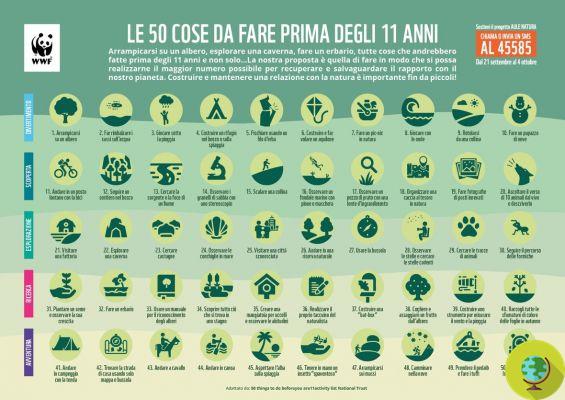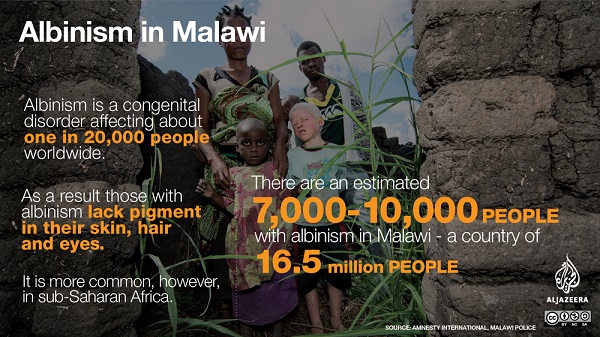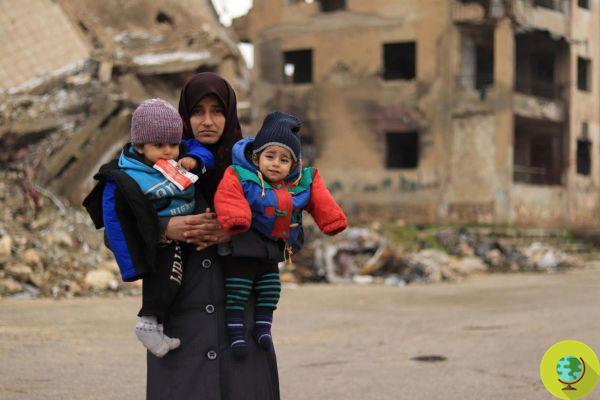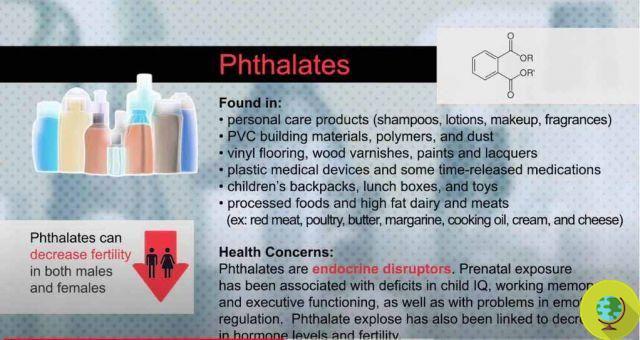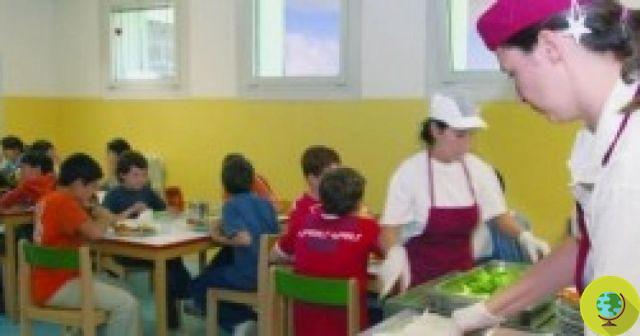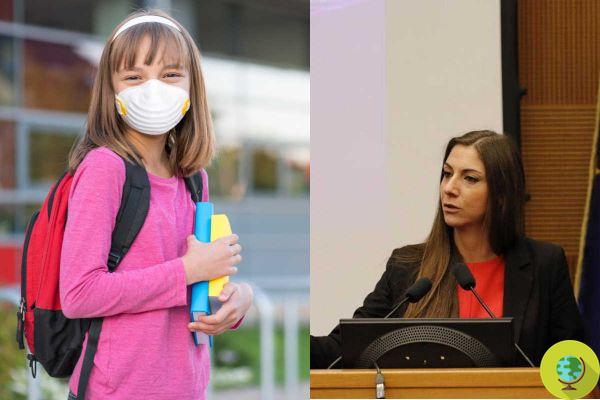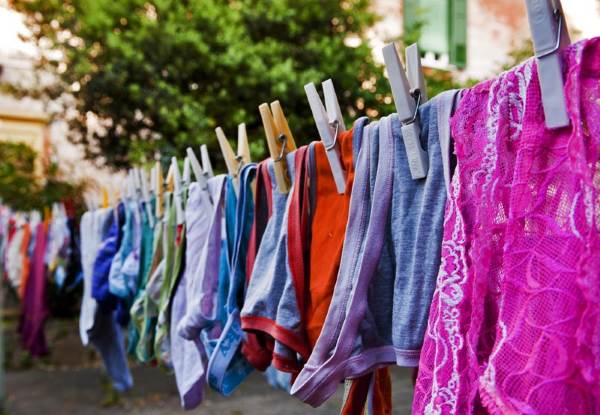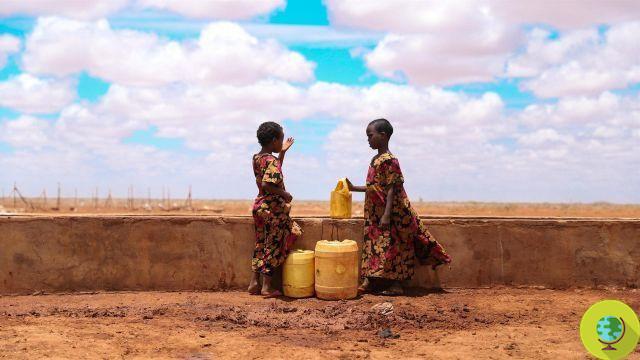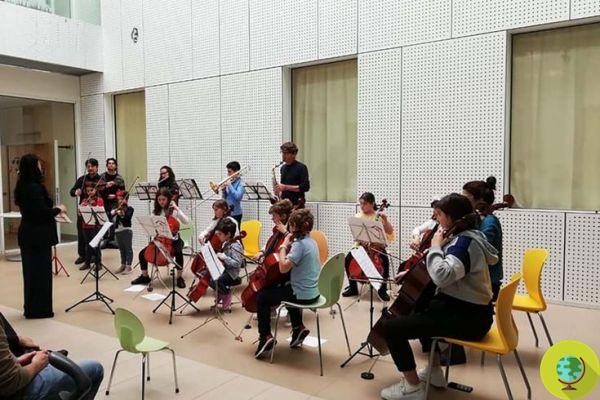In South Asia, Covid has brought public health to its knees, with dramatic consequences for the health of women and children.
Don't store avocado like this: it's dangerousIn some South Asian countries, already precarious and intermittent health care services have taken a hit under the pressure of the Covid-19 pandemic.
According to what was found in a recent relationship of the United Nations (Unicef, WHO and UNFPA), published in March 2021 under the title Direct and indirect effects of the COVID-19 pandemic and response in South Asia, the current global health crisis would have determined about 239.000 maternal and infant deaths in South Asia. Most affected would be women, children and adolescents.
Drastic cuts in health across South Asia due to COVID-19 have been deadly for children.
It's vital that access to these essential services is fully restored, with all possible safety measures. @UNICEFROSA https://t.co/7l9rcYrbLM
— UNICEF (@UNICEF) March 17, 2021
The countries affected by the phenomenon are Afghanistan, Nepal, Bangladesh, India, Pakistan and Sri Lanka, where about 1,8 billion people live.
Index
Health and school at risk
In South Asia, nearly 13 million Covid cases and over 186.000 deaths have been recorded so far. As in other parts of the world, national governments have reacted with lockdowns and rigid closures. Hospitals, pharmacies and food shops remained open, but almost all the remaining businesses were forced to close their doors.
The aim of the UN report is to examine the impact of government health care policies and strategies on social services, including schools and the economy.
An estimated 420 million children are estimated to have dropped out of school as a result of the pandemic and related control and containment measures.
In particular, 4.5 million girls are sentenced to no longer return to school and are particularly at risk due to suspension or poor access to information services regarding sexual and reproductive health.
In the six countries indicated, due to the almost total absence of essential services (nutrition and immunization), 228.000 deaths of children under five have occurred.
The number of children being treated for severe malnutrition has decreased by more than 80% in Bangladesh and Nepal, and immunization among children has decreased by 35% and 65% respectively in India and Pakistan. In children, malnutrition in some cases can lead to stunted development.
Maternal-fetal mortality and unwanted pregnancies
The aforementioned report highlights the worrying increase in infant mortality in India in 2020 (15,4%); in Bangladesh, infant mortality increased by 13%. Sri Lanka has seen a drastic increase in maternal deaths, registering a 21,5% increase, followed by 21,3% for Pakistan.
Among the estimates cited in the report, it is worth noting the increase in unwanted pregnancies. Due to the scarce or non-existent access to contraception, about 3,5 million cases have been detected, 400 thousand of which would involve adolescents. Girls would also be more exposed to forced marriages with adults.
There is not only Covid
Some South Asian countries, such as India, fear an increase in child malnutrition cases over the long term, while still battling a new wave of Covid-19 infections. Although the national lockdown ended in June 2020, several states and federal districts have opted for interim lockdowns in an effort to halt the spread of the virus.
Furthermore, it is good to remember that the interruption of health services also risks affecting those suffering from other diseases. The UN report predicts an additional 5.943 deaths in South Asia among adolescents who have not been able to receive treatment for tuberculosis, malaria, typhus and HIV / AIDS.
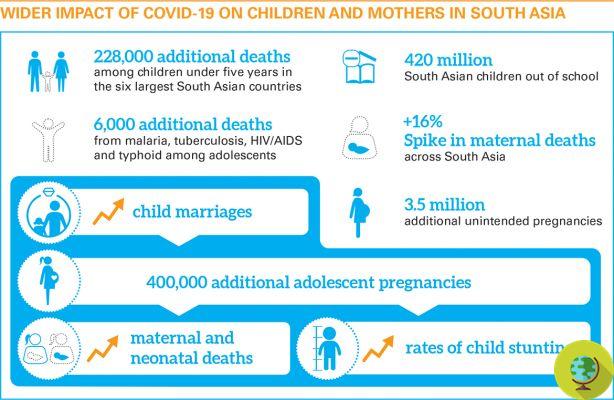
@UN News
Sources: Unicef / UN news




